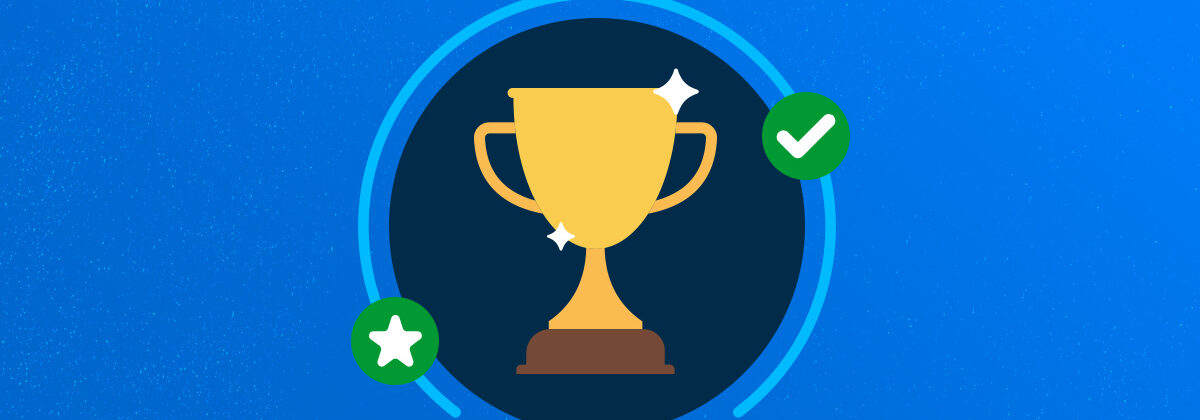In today’s fast-paced, digitally driven world, businesses are constantly searching for innovative ways to engage and retain their customers. One such innovation that has gained significant traction in recent years is gamification. Gamification, the application of game-like elements in non-game contexts, has proven to be a powerful tool for loyalty marketing. In this blog post, we’ll dive into the exciting world of gamification and explore its impact on loyalty marketing. We’ll also examine successful case studies and provide practical tips as well as best practices for implementing gamification strategies in your marketing efforts.
The Power of Gamification in Loyalty Marketing
Gamification in loyalty marketing involves integrating game-like elements such as points, badges, leaderboards, challenges, and rewards into a brand’s customer loyalty program. This approach is a potent method for engaging and retaining customers leveraged by tapping into our inherent human desire for competition, achievement, and rewards.
Enhances Customer Engagement: Gamification makes loyalty programs more interactive and engaging by having customers actively participate in challenges and earn rewards, making the overall experience more enjoyable and memorable.
Increases Brand Advocacy: By incorporating gamified elements, businesses can turn loyal customers into brand advocates. These advocates are more likely to share their positive experiences with friends and family, thus expanding the brand’s reach.
Data Collection and Personalization: Gamification allows brands to collect valuable data about customer preferences and behavior which can be used to tailor marketing messages and offers to individual customers, enhancing the overall customer experience.
Successful Case Studies
Let’s take a look at some real-world examples of businesses that have successfully integrated gamification into their loyalty marketing strategies:
Starbucks Rewards
Starbucks introduced its Starbucks Rewards program, which includes a gamified mobile app. Customers earn “Stars” for each purchase, which they can redeem for free drinks and food. The app also features personalized challenges and bonus offers, keeping customers engaged and returning for more.
Nike+
Nike’s running app, Nike+, gamifies fitness by tracking users’ runs and awarding achievements and badges. Users can compete with friends and join challenges, creating a sense of community and encouraging continued use of Nike products.
Delta Airlines SkyMiles
Delta Airlines revamped its SkyMiles loyalty program by introducing a gamified tier system. Customers earn Medallion Qualification Miles (MQMs) and progress through elite status tiers, unlocking exclusive benefits and recognition. This gamification strategy incentivized customers to fly more frequently with Delta.
Best Practices for Implementing Gamification
Now that we’ve seen the impact of gamification in loyalty marketing, here are five best practices for incorporating it into your marketing efforts:
- Understand Your Audience: Tailor gamification elements to match the interests and preferences of your target audience. What motivates them? What challenges would they find engaging?
- Keep It Simple: Overly complex gamification mechanics can confuse and deter customers. Keep the rules and rewards straightforward and easy to understand.
- Offer Meaningful Rewards: Ensure that the rewards you offer are valuable and relevant to your customers. This could include discounts, exclusive access, or unique experiences.
- Create a Sense of Progression: Implement levels or tiers to provide customers with a sense of achievement and advancement within your loyalty program.
- Regularly Update and Refresh: Keep the gamification elements fresh and exciting by introducing new challenges, rewards, and leaderboards periodically.
Conclusion
In today’s digital era, gamification has emerged as a powerful tool for loyalty marketing. It enhances customer engagement, fosters brand advocacy, and provides valuable data for personalization. By learning from successful case studies and following best practices, businesses can effectively implement gamification strategies to create memorable customer experiences and foster long-term loyalty. So, start gamifying your loyalty program and watch your customer engagement soar in this exciting digital age.


